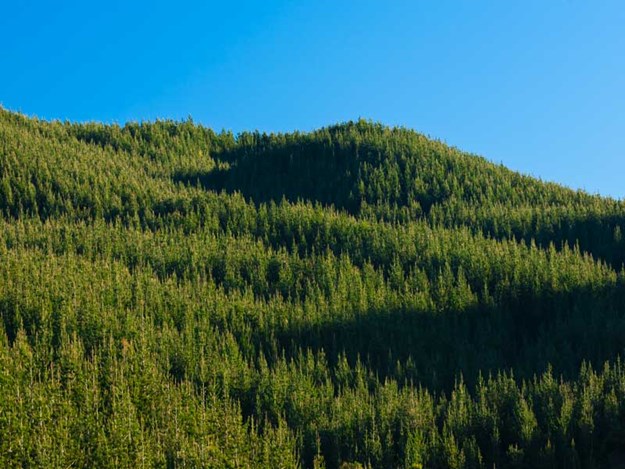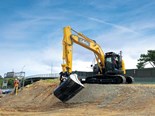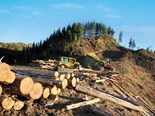Staying carbon-neutral
This month, Patrick Cox discusses what it means to stay carbon-neutral and how companies can gain carbon credits
You may have heard the terms ‘carbon-neutral’ and ‘carbon credits’ but what does it mean to stay carbon-neutral and how do companies gain carbon credits?

The carbon cycle of trees is very short and every tree that we remove needs to be replaced with another mature tree. Through their life, trees absorb carbon, so while you may think this is a good thing and we are doing our bit in New Zealand for the world climate, we need to remember that like all living things, once trees die or are cut down and are processed or burned, they immediately start releasing the carbon back into the atmosphere.
Keeping the numbers simple, if you cut down a thousand trees and only replant 700, that does not amount to staying carbon-neutral. To get ahead of the game, we need to plant more trees than we can harvest in one year.
It makes you wonder if the government has a secret agenda under the guise of ‘Let’s plant a billion trees and create more jobs’ or is it about staying carbon-neutral in the eyes of the world and accumulating carbon credits and playing our part under the Paris Agreement?

You also have to ask why the then government removed Tahorakuri Forest in the Central North Island and turned it into dairy farms on the edge of the Waikato River?
The forest had been in place since the late ’40s to early ’50s, and the same could be said for all the forest planted from Mokai up past Tokoroa and Putaruru.
As a nation, we chase short-term export goals for financial return at the expense of our clean, green image, but in the process, we do more harm to our environment. Diseases such as the spread of Mycoplasma bovis would not have had such a big impact had we kept the existing forests in place.
It makes you wonder if the proposed ‘fart tax’ had some merit in reducing our carbon emissions. Moving to carbon credits, one carbon credit equals one metric tonne of carbon.
The Ministry of Primary Industries (MPI) administers the Emissions Trading Scheme, and MPI is where companies go to buy carbon credits—just another form of tax. They decided the simplest way to recover carbon credit tax was to go to the supplier of the product, such as oil companies. It would have been too difficult to recover from everyday Kiwis using fossil fuel cars and machinery.

Wherever possible, oil companies and businesses have passed this cost onto the consumer, so we are paying carbon credits anyway. Carbon credits sound like a product created on paper, a tax that we all now have to pay. So as far as carbon credits and carbon-neutral is concerned, is it just a big con game by governments around the world?
Oil companies producing and adding biodiesel to normal diesel can claim carbon credits for the percentage of biodiesel added. This is because biodiesel is perceived to reduce the amount of carbon released into the atmosphere.
Over the past millions of years, the world has been storing carbon deposits in the form of fossil fuels that we now dig up and burn and release all that stored carbon back into the atmosphere.
Releasing carbon in such a short time does not give the world enough time to process it, which is the cause of the build-up of carbon deposits.

Claiming the carbon credits
To claim or pay carbon credits in New Zealand, you need to have one hectare or more planted in forestry with at least 30% of the trees more than five metres high. There are rules around large forest owners for deforestation and replanting, and growth rates are calculated to stay carbon neutral. The Emissions Trading Scheme encourages landowners to establish and manage forests in such a way that they could increase their carbon storage.
As loggers, we burn huge amounts of fossil fuels releasing the stored carbon into the atmosphere while also trying to help New Zealand stay carbon-neutral; it’s a vicious circle. Fossil fuels are burned while we are building environmentally friendly wind farms and electric cars.
Everything we do in the world today releases stored carbon back quicker than we can store it. With deforestation taking place worldwide and out of our control, all New Zealand can do is try and stay carbon neutral under the Paris Agreement.
We must remember that all living things make up part of the carbon-oxygen cycle and as soon as that gets out of balance, that’s where the trouble will start.
Keep up to date in the industry by signing up to Deals on Wheels' free newsletter or liking us on Facebook.

















